Robot-Assisted Laparoscopic Hernia Surgery
Robot-Assisted Laparoscopic Hernia Surgery
Robot-assisted laparoscopic hernia surgery is an advanced surgical technique that utilizes a robotic system to assist the surgeon in performing the procedure. This approach combines the benefits of laparoscopic surgery with enhanced precision and dexterity provided by the robotic technology.
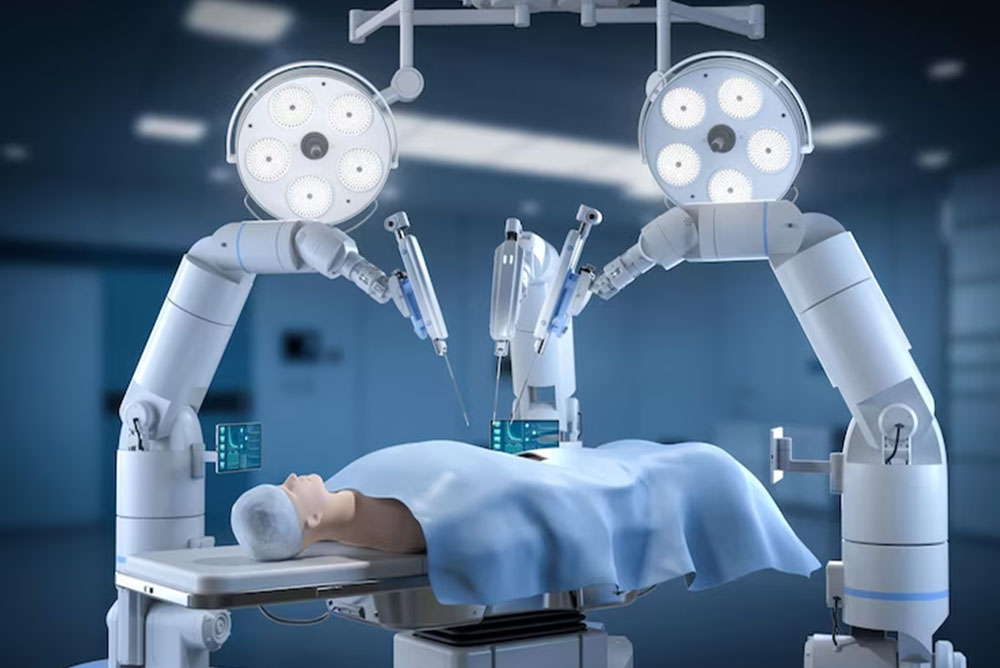
How Robot-Assisted Surgery Works
During a robot-assisted hernia repair:
- Initial Steps: The surgeon makes several small incisions in the abdomen. These incisions are typically less than one inch long.
- Robotic System Setup: A thin tube called a cannula is inserted through each incision. The robotic surgical instruments and a camera are then passed through the cannulas.
- Surgeon Control: The surgeon sits at a computer console in the operating room. This console provides a high-definition, magnified 3D view of the surgical area. The surgeon uses hand controls to manipulate the robotic arms, which in turn move the surgical instruments.
-
Hernia Repair: The surgeon uses the precise movements of the robotic arms to perform the hernia repair. This may involve:
- Returning the bulging tissue to its proper place within the abdomen.
- Reinforcing the weakened area with sutures.
- Placing a mesh to provide additional support and reduce the risk of future hernias.
- Closure: Once the repair is completed, the robotic instruments are removed, the cannulas are taken out, and the small incisions are closed.
Advantages of Robot-Assisted Surgery
- Enhanced Visualization: The 3D, high-definition camera provides a magnified view of the surgical area, allowing the surgeon to see anatomical structures with greater clarity. This improved visualization can be especially helpful in complex hernia repairs.
- Increased Dexterity and Precision: The robotic arms offer a greater range of motion and flexibility compared to the human hand, enabling the surgeon to perform complex maneuvers with increased accuracy. This is particularly beneficial when working in tight spaces or with delicate tissues.
- Improved Surgical Access: The robotic system can access hard-to-reach areas within the abdomen, making it particularly well-suited for complex or recurrent hernias that may be difficult to repair with traditional laparoscopic techniques.
-
Reduced Risk of Complications: The enhanced precision and visualization can contribute to a lower risk of complications such as:
- Bleeding
- Infection
- Damage to surrounding tissues and organs
-
Faster Recovery: Similar to laparoscopic surgery, robot-assisted surgery typically results in:
- Smaller incisions
- Less post-operative pain
- Shorter hospital stays
- A quicker return to normal activities compared to open surgery.
- Minimal Scarring: The small incisions used in this procedure result in minimal scarring.
Robotic Hernia Surgery in Ghaziabad
Hernias are a common issue, affecting millions globally. They occur when an organ or tissue pushes through a weak spot in the muscle or tissue that holds it in place. While typically not life-threatening, hernias can cause discomfort and limit your daily activities. Thankfully, advanced surgical techniques like robotic hernia surgery offer a minimally invasive solution for lasting repair.
Dr. Hemendra Singh, with 40 years of experience in advanced general and laparoscopic surgery, is located in the heart of Indirapuram, Ghaziabad. He utilizes the latest techniques to provide patients with the best possible outcomes.
Robotic-assisted surgery utilizes a robotic arm system controlled by a highly skilled surgeon. The surgeon sits at a console with a magnified 3D view of the surgical site, allowing for:
- Enhanced precision and dexterity: The robotic arms offer a wider range of motion and eliminate hand tremors, enabling intricate repairs in tight spaces.
- Minimally invasive approach: Smaller incisions translate to less tissue disruption, reduced pain, and faster healing.
- Improved cosmesis: Smaller incisions result in minimal scarring.
- Quicker recovery: Due to less tissue disruption, patients often experience shorter hospital stays and a faster return to normal activities.
Considering Robotic Hernia Surgery?
If you're experiencing symptoms like a bulge in your abdomen, pain, or discomfort, consult a general surgeon like Dr. Hemendra Singh in Ghaziabad to discuss if robotic hernia surgery is the right option for you. Early diagnosis and treatment are crucial for a successful outcome.
Here are some additional factors to consider:
- The type of hernia: Robotic surgery is well-suited for various hernias, including inguinal, femoral, and umbilical hernia, Ventral, incisional and Hiatus Hernia.
- Your overall health: Discuss your medical history and any pre-existing conditions with your doctor to determine if you're a suitable candidate.
Robotic hernia surgery offers a minimally invasive and effective approach to hernia repair. With quicker recovery times and improved cosmesis, it can help you get back to your active life faster.
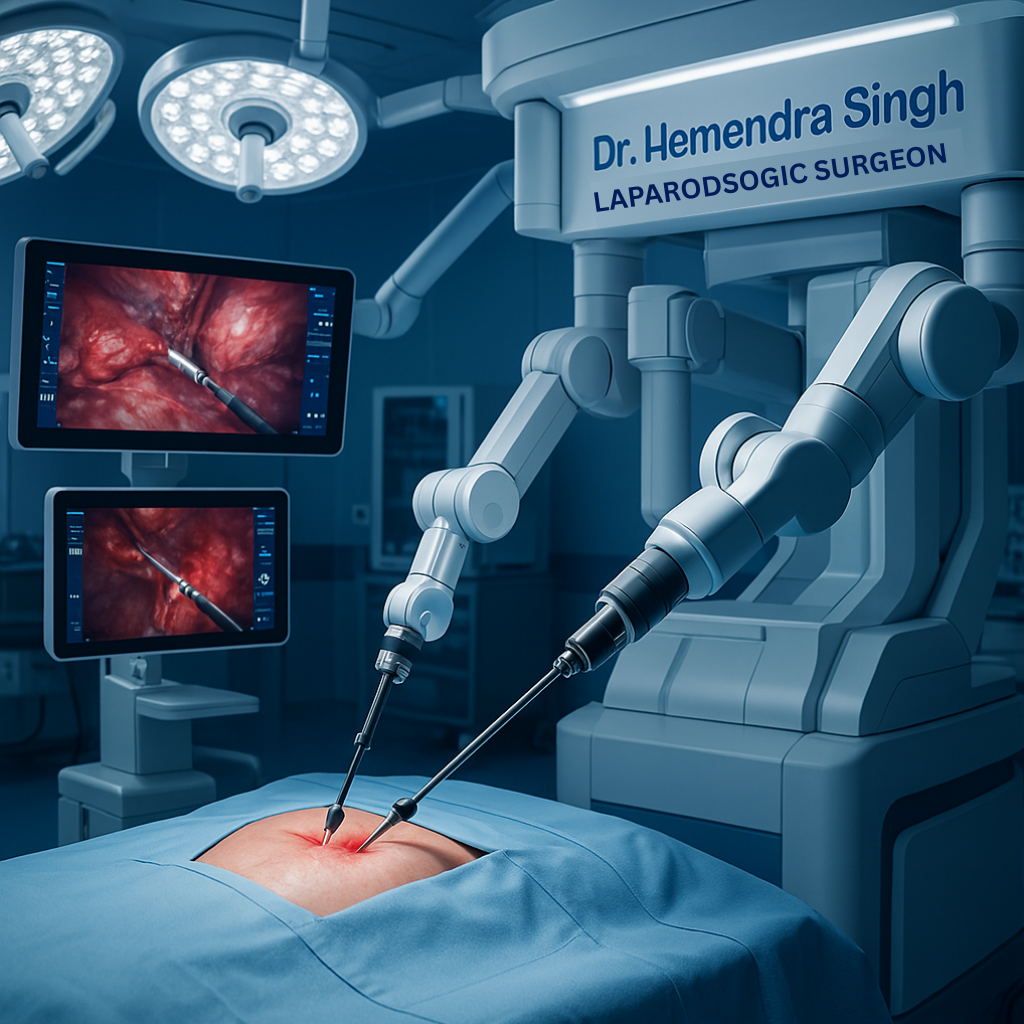
Inquiry Form
Contact Dr. Hemendra Singh for more information:
MBBS, MS - General Surgery
General, Laparoscopic and Robotic Surgeon
Clinic Address
A-113, 1st Floor, Rajhans Plaza, Kala Patthar Road
Landmark: Opposite Aditya Mall, Ghaziabad
Email: drhemendrasingh@gmail.com
Phone: +91 9911099738
Website: rdlasers.in
Our Surgical Gallery
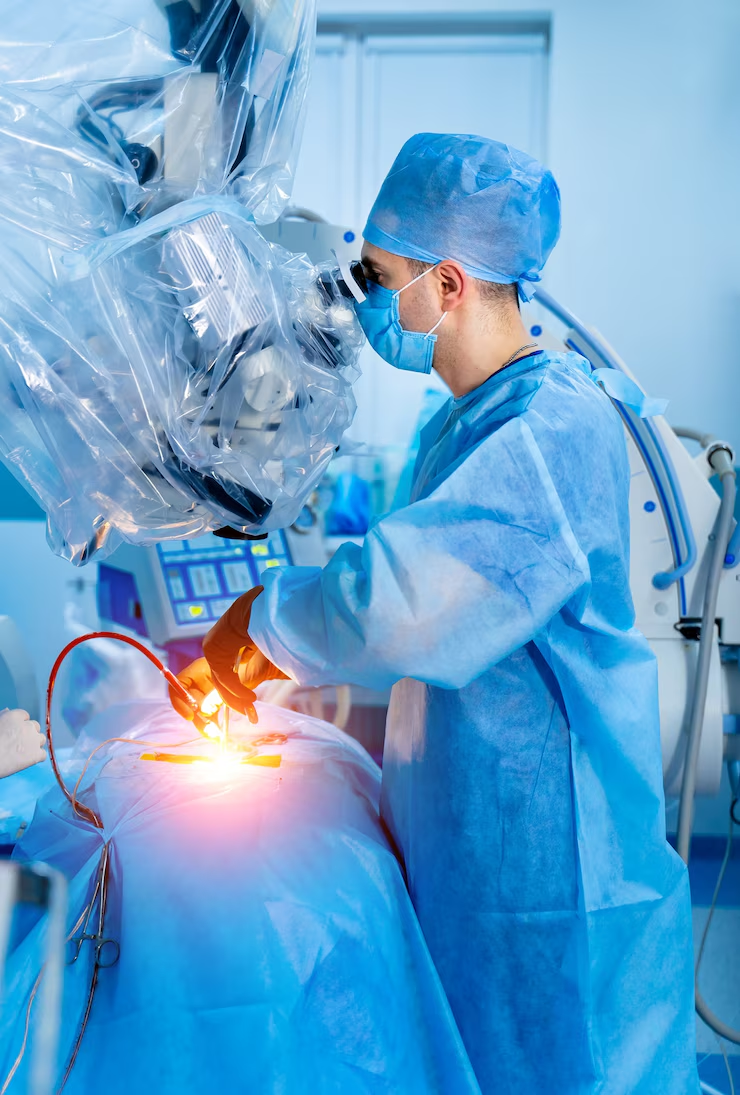
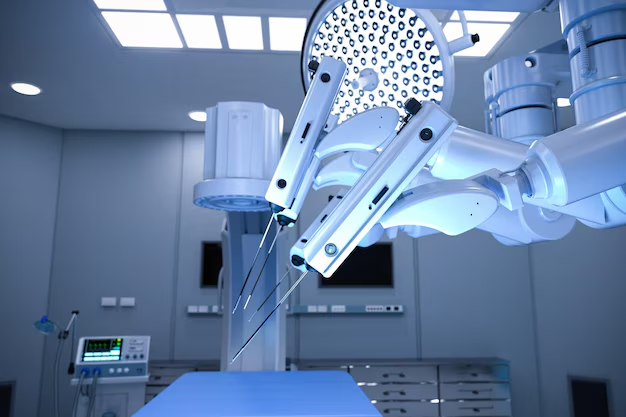
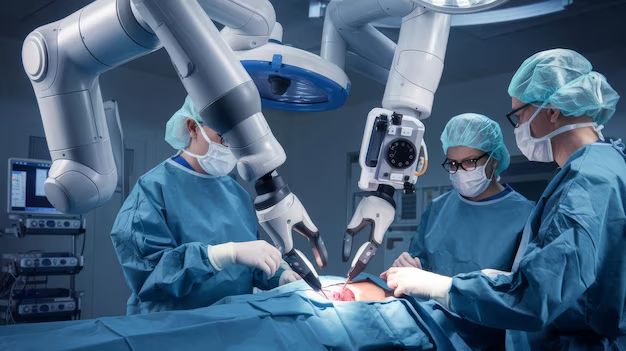

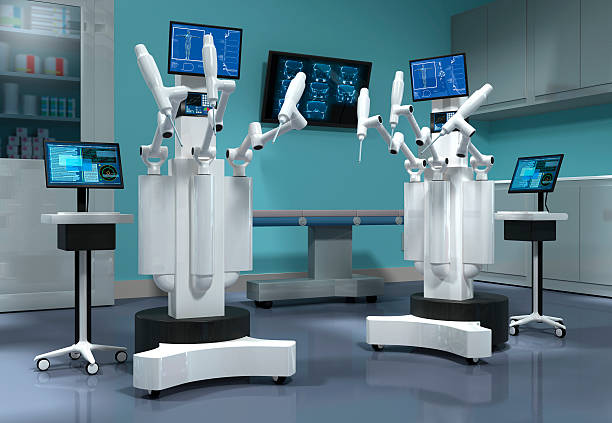

Frequently Asked Questions
Robot-assisted hernia surgery is a minimally invasive procedure that uses a surgical robot to help the surgeon repair the hernia. The surgeon controls the robot's arms, which have special surgical tools attached to them, from a computer console.
Compared to open surgery, robot-assisted surgery usually involves smaller incisions, less pain, and a shorter recovery time. There's also potentially less scarring.
As with any surgery, there are risks, including infection, bleeding, and complications from anesthesia. Specific risks related to hernia surgery can include hernia recurrence or mesh complications. Your surgeon will discuss these with you in detail.
Recovery time varies, but many patients can return to light activities within a few weeks. Strenuous activity is usually restricted for a longer period, as advised by your surgeon.
Robot-assisted surgery can sometimes be more expensive than traditional surgery due to the technology involved. Check with your insurance provider and the hospital for cost details.


